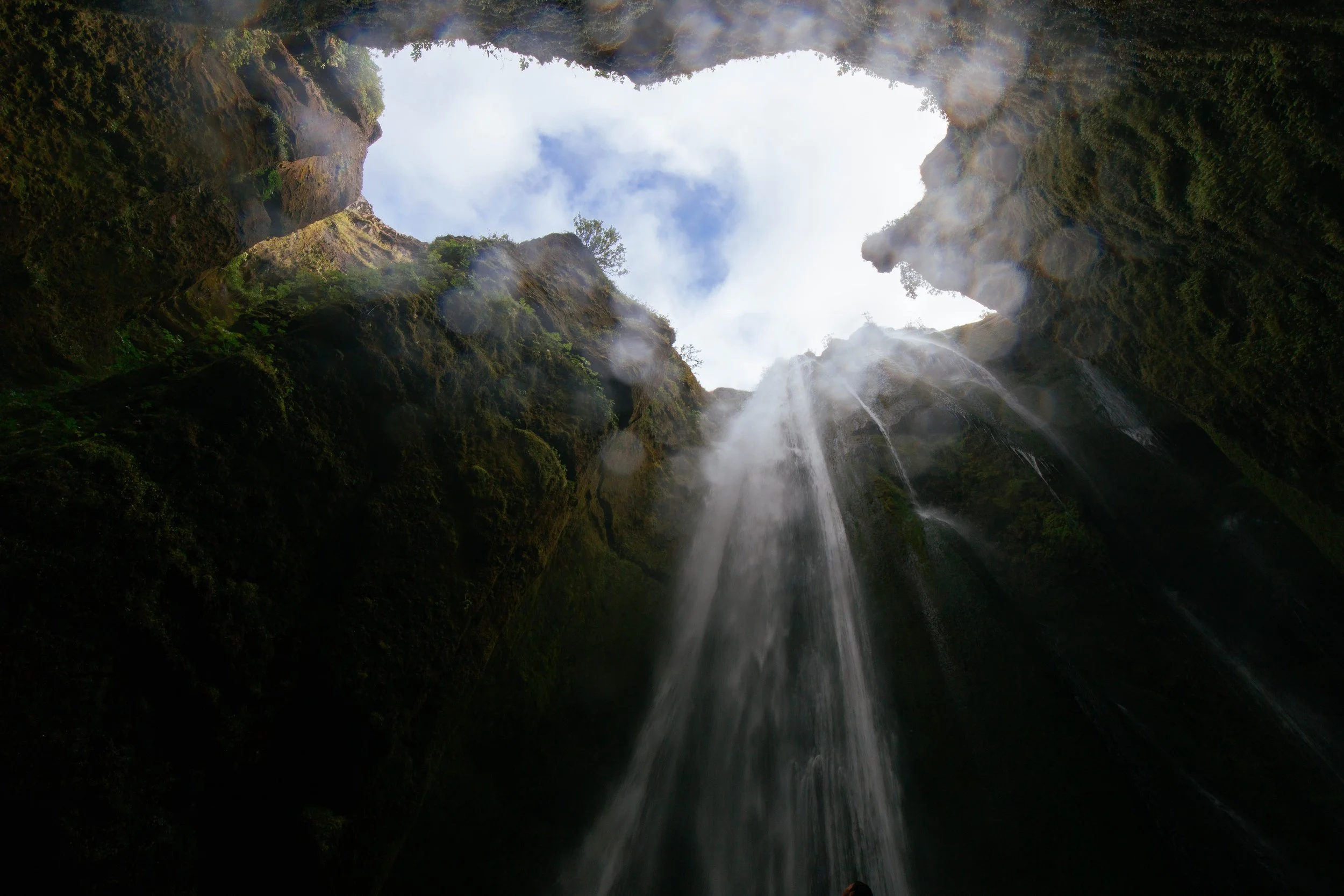Understanding the dimension of time. Is it linear or circular?
Time is a mystery. Everyone is subject to its movement, and we cannot get ahead or behind time. In this respect, the past and the future are imaginary. From an individual perspective, the body serves as a convenient reference point for time. The influence of time is very evident in the changing external appearance of the body. From the perspective of birth and death, time is a linear quantity. Western thought subscribes to the linear model of time. In contrast, Eastern traditions look at time as a circular concept, and this has been the case since time immemorial. Time moves circularly on a traditional watch dial. In contrast, the mind perceives the linearity of time from the past to the future.
Which model of time is correct, the linear or circular one?
From the perspective of physical matter, with a definite shape and structure, time is linear. For instance, the physical body cannot go back in time, appearing as it did ten years ago. A delicate object once broken into pieces cannot be restored to its original form. A fully grown tree once cut cannot be restored. For such well defined physical entities, time is linear. There are a beginning and an end.
From the perspective of physical matter, with a definite shape and structure, time is linear.
There are other forms of matter for which time is not linear. For example, a solid block of ice may melt into a liquid form and then evaporate as vapor. This vapor, in turn, can then can condense back into the solid form provided the conditions for such a transformation are present. In this case, time becomes a circular dimension. We can easily see the two states of matter, solids and liquids, but the third state, which is gaseous is invisible to us. This invisible component is the crucial link that helps complete the circle.
We can compare the body, mind, and awareness to the three states of matter — solid, liquid, and gaseous states, respectively. The presence of the body is visible to the eyes. We subjectively feel the mind’s existence. But awareness can neither be seen nor felt. To view or feel something, there needs to be a separation. Awareness is the basis of our seeing and feeling, and nothing is closer to us than awareness. We are that energy. Just as atoms are the basis of all matter, we can consider awareness as the basis of our inner being.
Just as we breathe in and out continually throughout our lives, the energy of awareness is continuously moving. This movement is between a pure choiceless state (not seen or perceived), into the mind and body through which we perceive. Once the energy of awareness enters the mind and body, the ego traps that energy. This happens by way of identification with external objects and internal thoughts. Thoughts project into the future, while finite objects change, and their original form is a thing of the past. When our awareness is on the body and mind, time becomes a linear dimension, trapping us between birth and death.
When our awareness is on the body and mind, time becomes a linear dimension, trapping us between birth and death.
However, if we can detach awareness and make it stand independent of the mind, it automatically uncouples from the body and by extension, from external objects. We can do this by way of witnessing without identifying with thoughts as if we are a third person observing the movement of the mind and thought. This can lead us to an experience of purer states of awareness which blunts the linearity of time.
Like energy, which has no birth or death, the same may be the case for subjective awareness. Perhaps, if awareness is not entangled with the body and mind through identification, it may transcend bodily death. Awareness does not age. The quality of pure awareness is the same whether we experience it at age 20 or age 80. When the body dies, it’s constituent physical matter turns into formless atoms, which live in perpetuity for all practical purposes. The body is a gross form of energy, the mind is a subtle form, and awareness is even more subtle than the mind.
When energy takes a gross form, it appears linear and finite from the perspective of the senses. When energy becomes subtle and invisible to the senses, it begins to follow an infinite circular loop, moving in and out of physical matter, just as atoms come and go from the physical body.
Some Eastern traditions compare time to a wheel and have divided time into four parts called Yugas. These are Satya, Treta, Dwapara, and Kali Yugas. In the Satya Yuga, humans are said to be the most evolved, and in the Kali Yuga, least evolved. This wheel of time is in continual motion through these four divisions, and each phase is said to run into thousands of years.
From the perspective of the body which does not usually live beyond tens of decades, such time scales which run into thousands of years carries little meaning. But, from the perspective of mental evolution, transformation can happen within one’s lifetime.
Similar to the four phases described above, we can divide the mind into four parts — the unconscious, the subconscious, the conscious, and the superconscious. We are familiar with three of the four. The unconscious corresponds to the deep, dreamless state of sleep, the subconscious corresponds to the dream state of sleep, and the conscious corresponds to the ordinary waking state.
Our awareness goes cyclically between these phases each day and night. When time moves through these three states of wakefulness, dream, and deep sleep states, it becomes a circular dimension, and we cannot say which is the beginning and the end.
When time moves through the three states of wakefulness, dream, and deep sleep states, it becomes a circular dimension.
When awareness can remain independent of these three states, we can call such a state as the superconscious mind. Ascent into the superconscious state is difficult from the perspective of ordinary waking consciousness. But a portion of the energy of awareness “behind the scenes” touches that fourth state. When it becomes a conscious experience, the evolution of the mind may be nearing the pinnacle.
The mind is like a liquid in a continual flow, and its energy takes the shape of our desires, aspirations, memories, hopes, etc. Our desires become the containers which hold the energy of awareness. We are conscious of many of our desires, while others lie dormant in the subconscious mind. When we transcend desires, both conscious and unconscious, the container disappears. What is left is formless energy of awareness, which may then link us with the superconscious mind.
The pure, formless energy of awareness descends into the subconscious mind creating a blueprint. From this, the conscious mind surfaces and through this awareness travels into the world. This completes “one mind cycle,” ascent and descent of awareness through the unconscious, subconscious, conscious, and superconscious mind.
When the ego does not obstruct or impede this cycle, a subtle inner transformation takes place with each passing cycle. The body is subject to one set of laws, which follows the linear aspect of time. The mind’s cyclical nature is subject to another set of rules that link it to time’s cyclical dimension. Through awareness, we get a glimpse of this fascinating interplay of these two dimensions of time.







